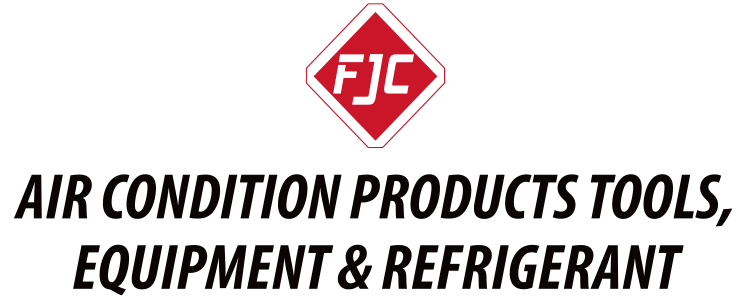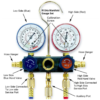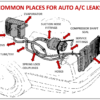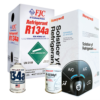R-1234yf and the HD/Trucking Market
The automotive A/C aftermarket is a heavily regulated industry. For example, SNAP (Significant New Alternatives Policy) was established by the EPA under Section 612 of the Clean Air Act to identify and evaluate sustitues for ozone-depleting substances. SNAP also addressed issues such as technician training and certification mandates, refrigerant venting prohibition, equipment certification, record keeping requirements, and the use of specific refrigerant fittings to avoid cross-contamination, among others.
The Motor Vehicle Air Conditioning Systems (MVACs) component of the SNAP policy includes light-, medium-, and heavy-duty vehicles, off-road vehicles, and passenger air conditioning in buses and trains. However, there is notably no on-road heavy duty SNAP application for R-1234yf. Therefore, while as of 2021 the OEM car market has completely switched over to the environmentally-friendly refrigerant, the trucking industry has never stopped using R-134a (HFC).
Although SNAP has not addressed HD vehicles, the 2020 AIM Act, which mirrors the Kigali Amendment, will likely make HD OEMs sit up and take notice. While the U.S. HFC production phasedown will manifest huge environmental benefits, reducing use by the equivalent of two billion metric tons of CO2 over the 15-year phasedown period, the impending reduction of HFC use is a major cause for concern for the HD market.
In October 2021, as mandated by the AIM Act, the EPA allocated HFC allowances to refrigerant manufacturers, importers, and distributors. Each company was given a specific “slice of the HFC pie’, but it is important to note that pie is getting exponentially smaller over time. The AIM Act mandates an 85% global phasedown of HFCs by the year 2035.
So, what does all this mean for the trucking industry? Quite simply, without a change to an environmentally-friendly alternative to R-134a, the supply of the refrigerant will not meet demand. OEMs need to be proactive and follow the lead of light– and medium– duty vehicle manufacturers to R-1234yf, which has a Ozone Depleting Potential of zero and a Global Warming Potential of less than 1.
Before R-1234yf is implemented in HD applications, it must be approved by the EPA via the SNAP Program. Risk assessments will need to be performed for HD applications as R-1234yf is mildly flammable, and trucks require more refrigerant in their systems than lighter duty vehicles.
LMK 2021





